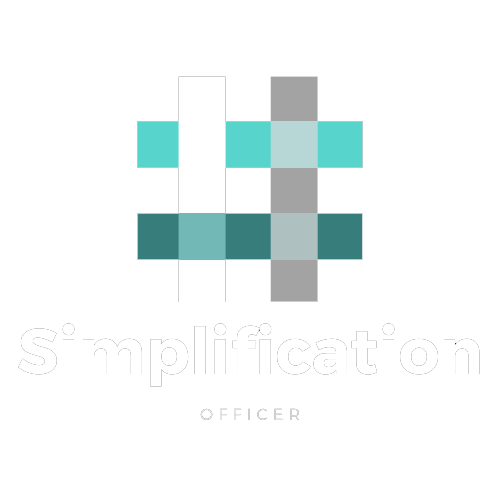Guestblog by Rutger Slump, letsplayinnovation.com
An increasing number of professionals are trained in improvisation skills and mindset. It helps them to play with their environment instead of controlling it, which is especially useful when dealing with complex or choatic surroundings. Improvisation is therefore a very interesting part of the Innovation Game in organizations. “The act of introducing something new” (the American heritage dictionary). Creating next practices gives improvising teams purpose in their organization, and intrinsic motivation for members to really add their full talents to the process.
Applied Improvisation
Improvisation has a background in Jazz and theatre. Jazz musicians play a certain piece (for instance Take Five), and improvise along the way. Improvisation actors take it to the next level by asking their audience for input. They use this to create completely new stories, songs and games. The optimal co-creation with the customer. You could say that they are innovators on stage. Applied Improvisation or Business Improvisation refers to the translation of these capabilities to the professional business workspace.
The rules of improvisation: Yes, and…
So how do they do it? For the reader who has never seen improvisation theatre: please have a look at this short scene from the American improvisation group ‘Who’s line is it anyway’.
You could say they are dealing with a difficult and unexpected environment: two old ladies who do everything wrong. They are capable of creating a wonderful scene for their audience anyway, by following the basic rules of improvisation:
- Accept the situation as it is. You could wish that your environment would be different (and probably better), but the simple fact is that it is as it is. So just accept it, and see the possibilities.
- Add something to it. Act. Add what is needed to the current situation. So if there is nothing, just start by doing something and add to it what is logical. Follow your intuition, because most people get stuck in thinking. To make a link to innovation: “creativity is thinking up new things. Innovation is doing new things” (Theodor Levit).
- Make the others shine. Enjoy what your partner, customer, or fellow actor is doing and help them to make it even better. So don´t focus too much on yourself or what the other could have been doing better in your opinion
- Stay in the here and now. Everything that you need is here and now. This is also called bricolage. Be prepared for what is coming, and stay focused on what is happing. “The past is history, the future is a mystery and Today is a gift. That is why we call it the present”.
Mindset
When I meet improvisers from all over the world (Applied Improvisation Network), it strikes me that they are very open for new things. Most of them act as entrepreneurs because they like to create new things and are able to cope with uncertainty. They learned this by playing jazz or improvisational theatre. I think therefore that making the connection between arts, science and business is interesting for any innovator. I guess that most of them already do this in their own way.
Play along
During the Playshop at the Re:Think – Work=Play? conference we’re going to experiment with Applied Improvisation, and translate this into your daily practice. What can you do to create a space for improvisation? What are the the most simpel interventions? And how do you create an open mindset?
When? 8 Maart 2013 Where? Ter Elst, Edegem (Antwerp, BE) How Much? 225€


